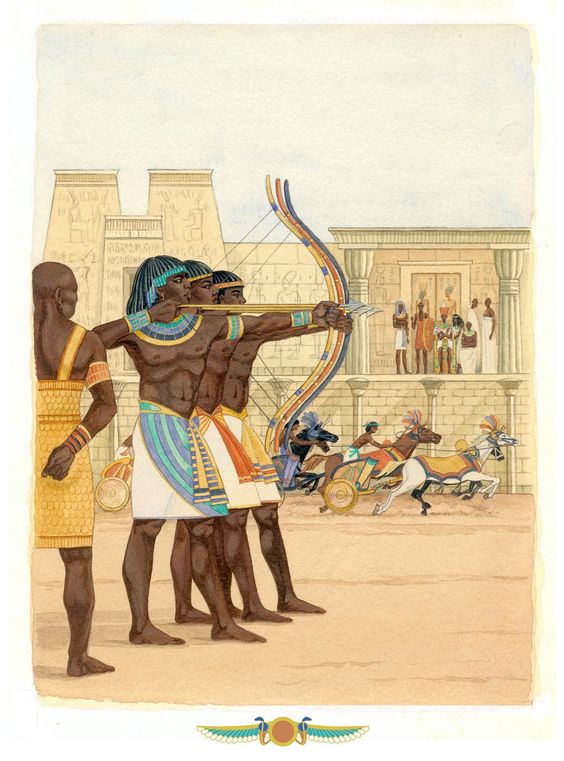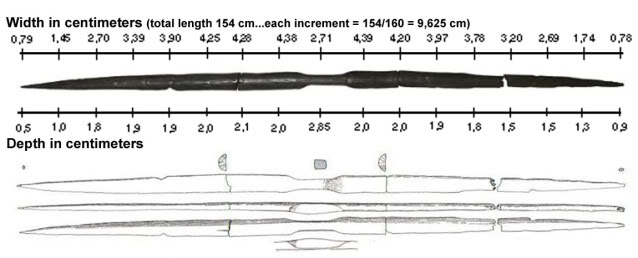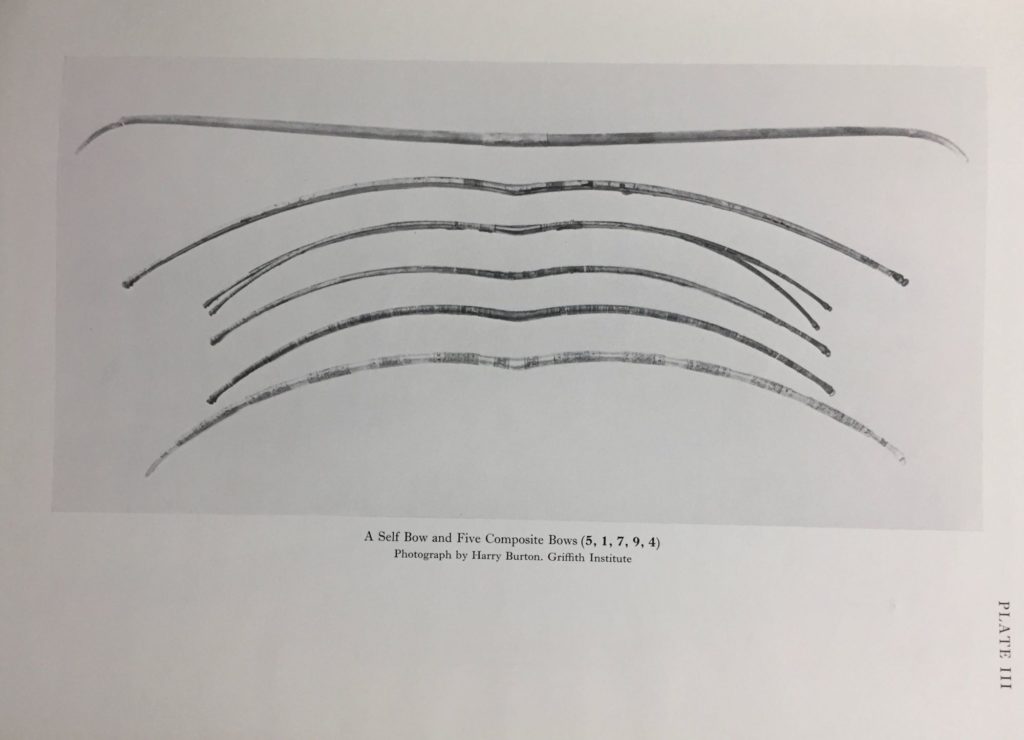Archery History: The Evolution of the Bow and Arrow
Evolution of the Bow and Arrow. Who Invented the Bow and Arrow?
The practice of archery is ancient. Archaeological evidence reveals the bow and arrow may have come into use sometime between the upper Paleolithic and the Mesolithic Era approximately 10,000 years ago. The bow and arrow seem to have been independently invented and used on every continent except Australia.

When did the bow and arrow first appear?
Stone points were discovered in Sibudu Cave, South Africa in 1983. These Stone points may have been used as inserts for either spear or Arrow shafts and are dated to be approximately 65000 years old.
Arrowheads and Pine Arrow shafts were found in Stellmoor in the Ahrensburg valley north of Hamburg, Germany dating to approximately 10000 BCE. Stellmoor was a seasonal settlement inhabited during the fall. the bones of over 600 reindeer were found some of which were intact skeletons containing arrowheads embedded in the chests of the animals.
The earliest intact bows were discovered in a peat bog near Holmegaard, Denmark in 1944, during WWII. they were well-preserved in the oxygen environment of the bog and are dated to approximately 7000 BCE. The bows are between 150 to 170 centimeters in length and about 6 centimeters at their widest.

What Were the First Bow and Arrows Made of?
The first bows were simple self-bows constructed from one type of wood, in the case of the Holmegaard bows Elm was used. cave art discovered in Spain dating to the upper Paleolithic depicts archers engaged in combat and they appear to be wielding large self-bows. a large self-bow is also called a longbow. the idyllic bows of the British Isles, the ones used by Robin Hood and the merry men.
Archery & Ancient History
Many notable ancient civilizations have utilized the bow and arrow in both warfare and hunting, including the Parthians, Egyptians , Nubians , Persians , Indians, Chinese , Koreans and Japanese . Archery was practiced in ancient Egypt 5000 years ago . its use was widespread in both hunting and warfare. the composite bow may have been introduced into Egypt after fighting with a nomadic group from the north known as the Hyskos.
Composite recurve bows are much more efficient then self bows of the same draw weight. the new design of recurve limbs yielded a superior bow, which allowed the Egyptians, Persians and Assyrians to forge large and long-lasting Empires.

The practice of archery in East Asia goes back millennia, Confucius himself was an archery teacher. China, Korea and Japan all have strong archery Traditions that continue to this day.
On the Eurasian steppe, the Scythians, Parthians, Turks, Mongols, Huns, and Magyars fashioned what was at the time the most technologically advanced weaponry available. their bows were constructed from a composition of horn , wood and sinew. The interaction of these materials as well as the geometry of the bows allowed these peoples to make their mark on history.
Archery traveled from Asia to the Americas through Alaska. Most Native American cultures utilized the bow and arrow in hunting and warfare.
The decline of archery began in the 16th century with the introduction of firearms.
the form and construction of the bow remained relatively unchanged for many millennia. it was not until the 1960s that American engineers began to take an interest in archery, and the bow evolve once more to take the form of the modern compound bow.
an American inventor by the name of Holless Wilbur Allen, applied for the patent, “Archery Bow with Draw-Force Multiplying Attachments.” on June 23, 1966. by attaching a cam system to the end of the limbs significant let-off occurs at full draw, which allows for heavy draw weights that actually feel light when the bow is at full draw. The bows are made from various modern materials like carbon fibers. Optical sights and release aids assist the modern archer to shoot consistently and accurately.
